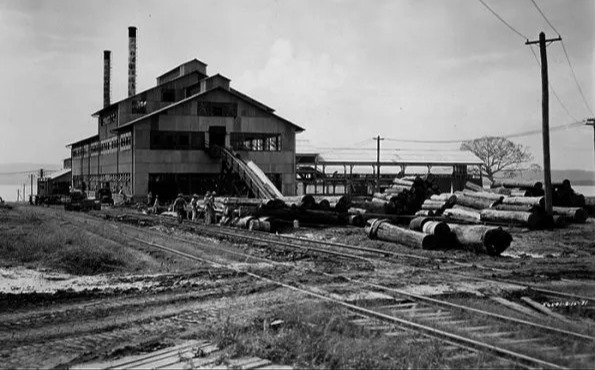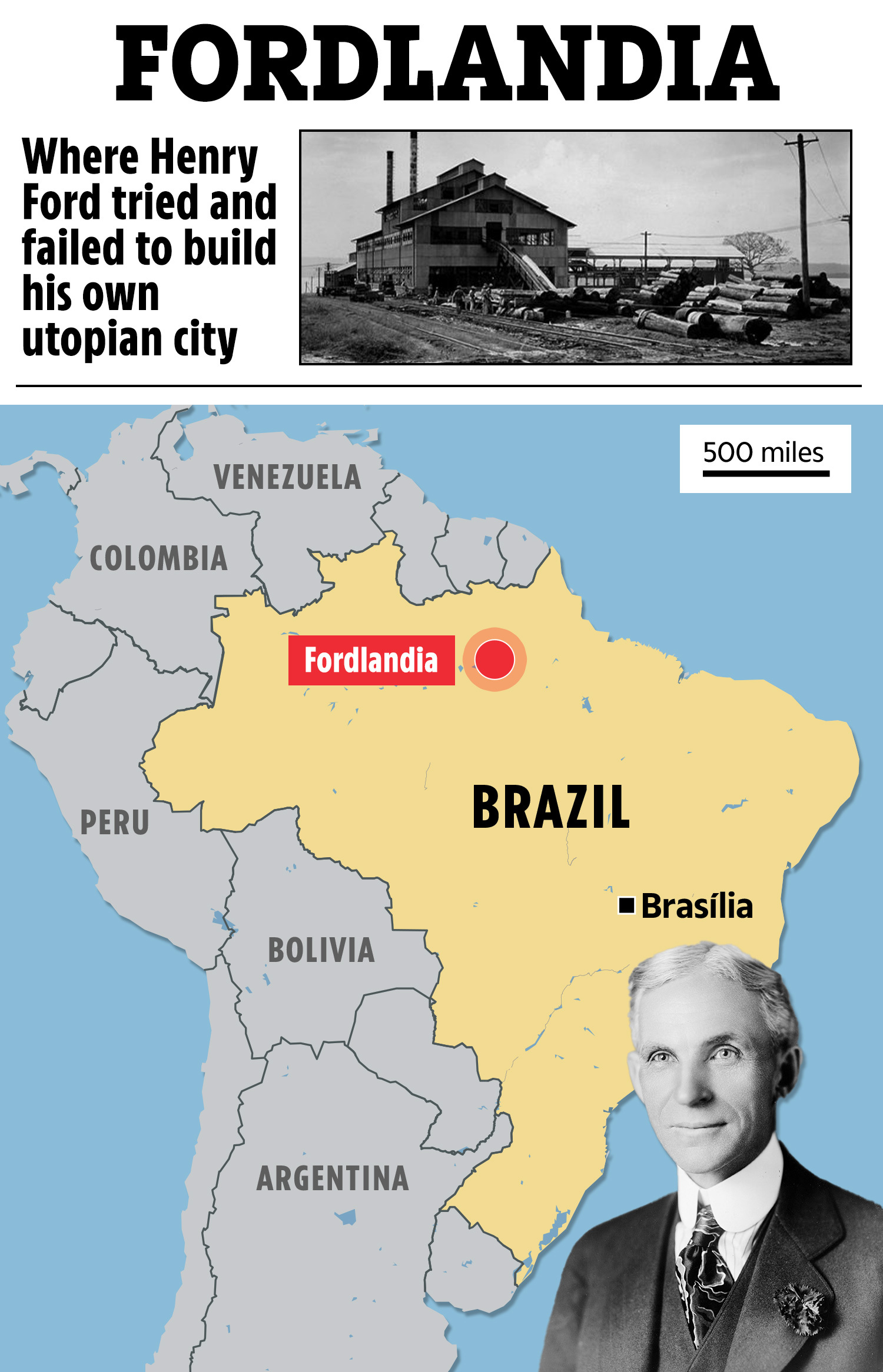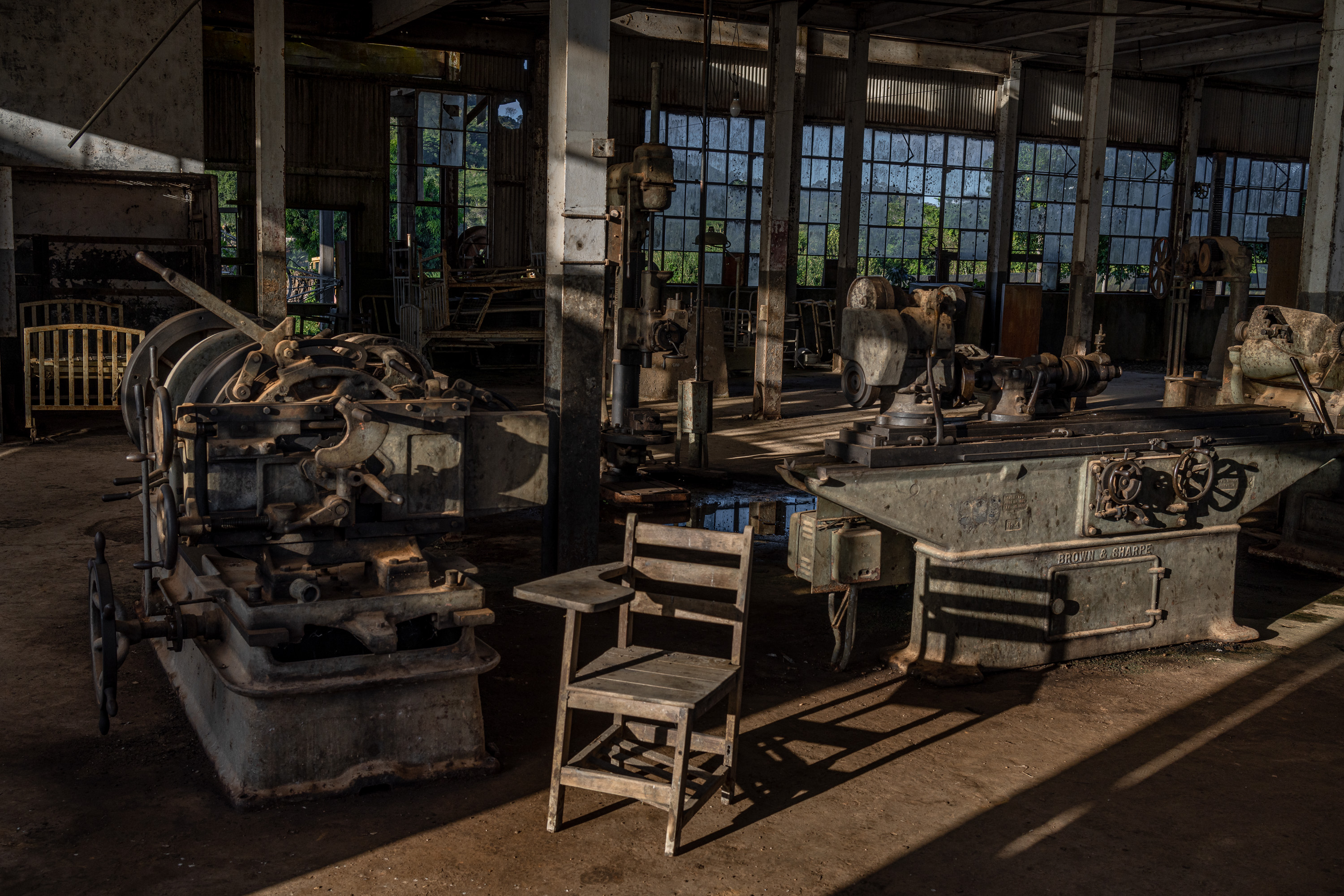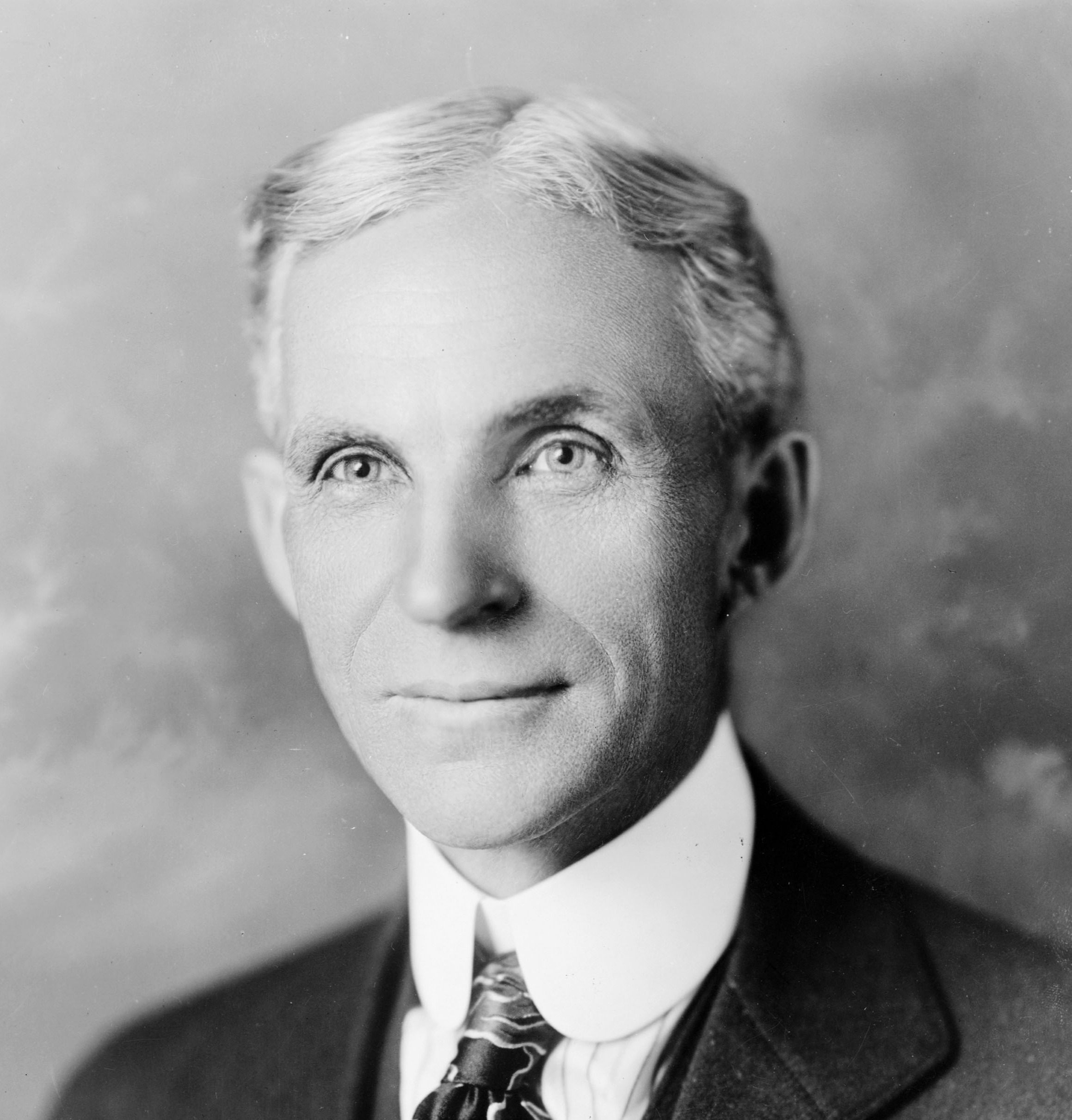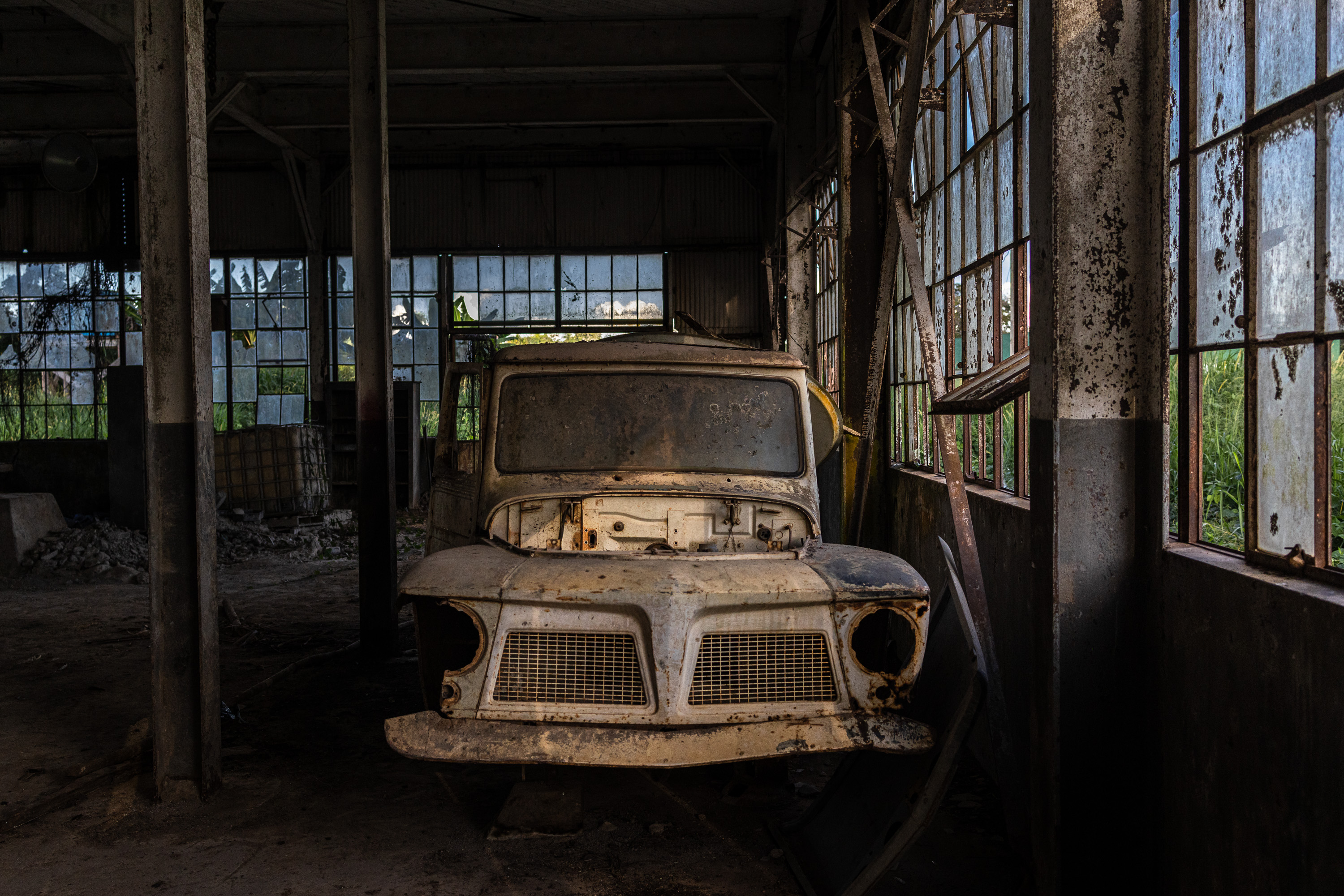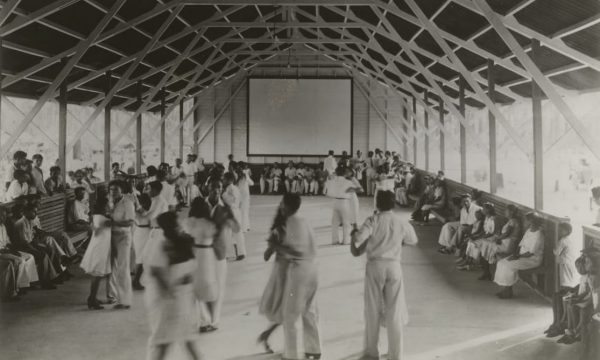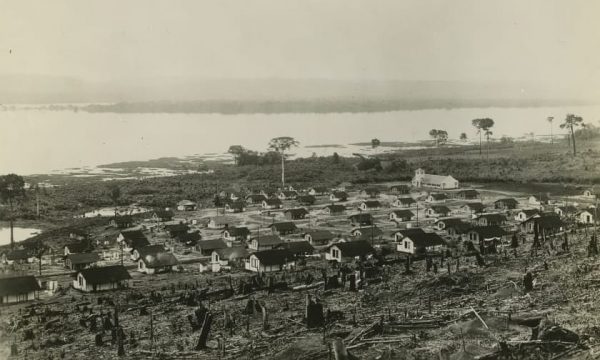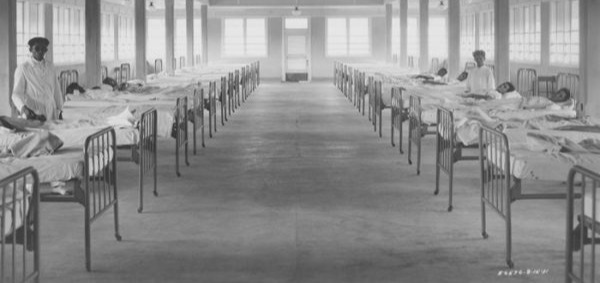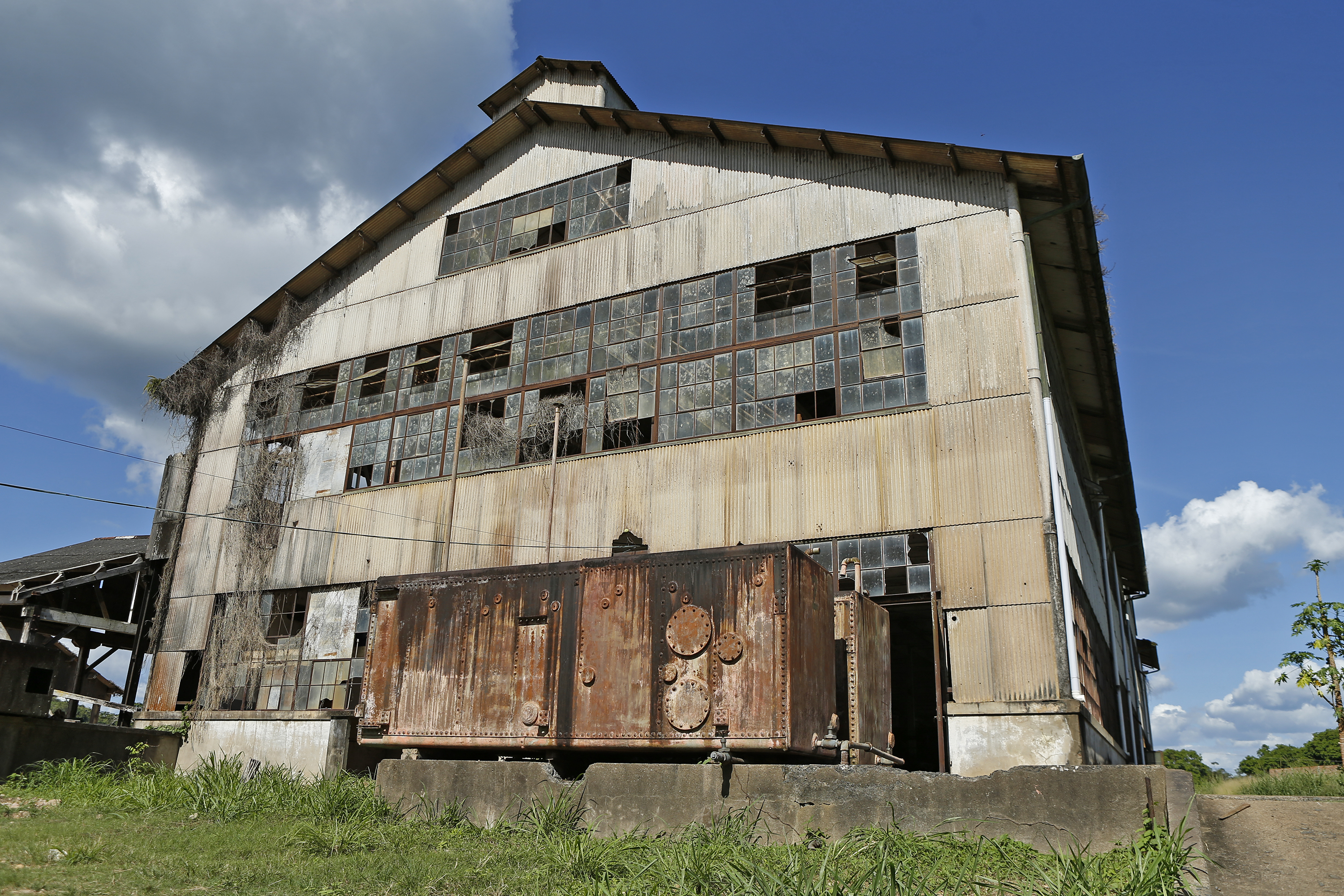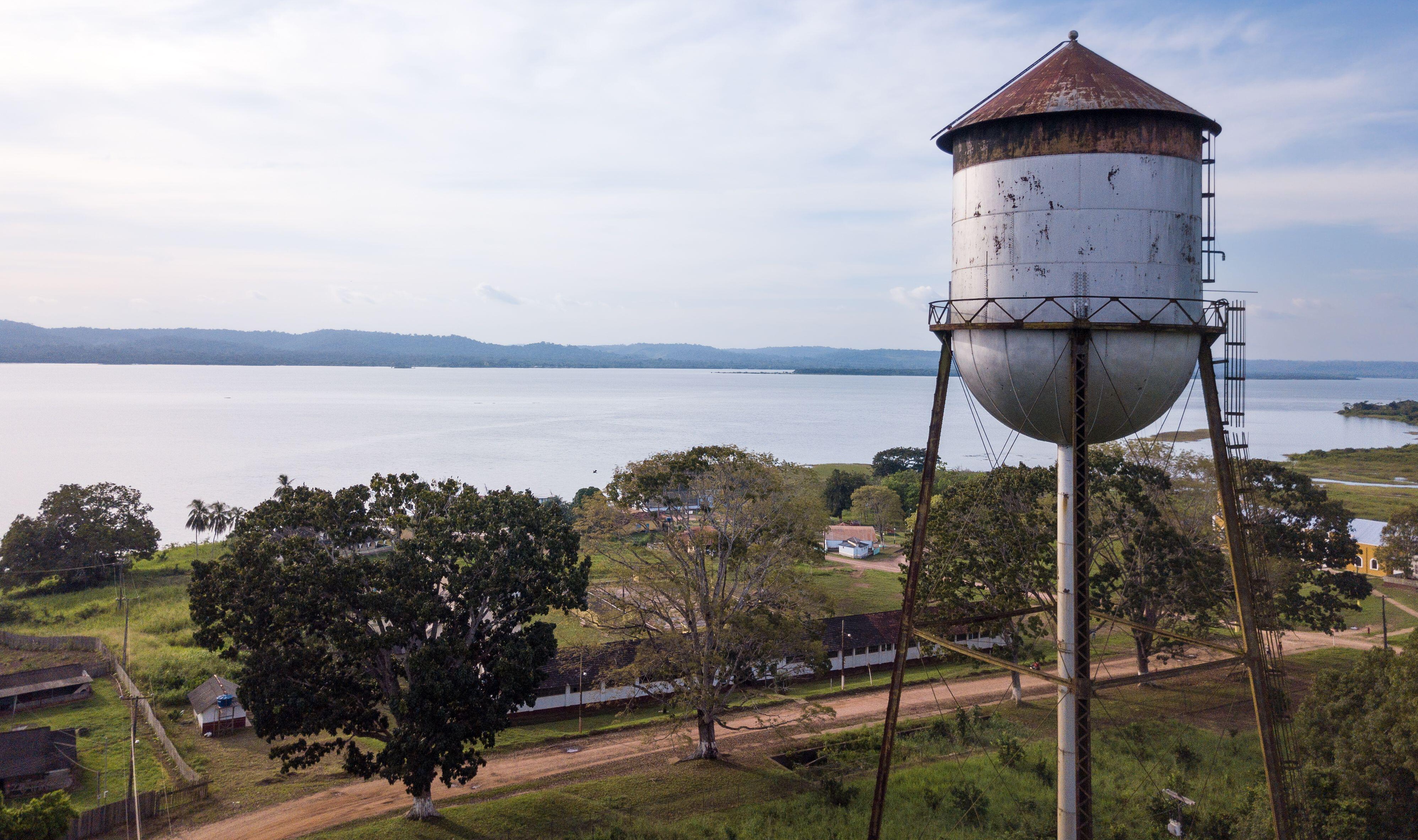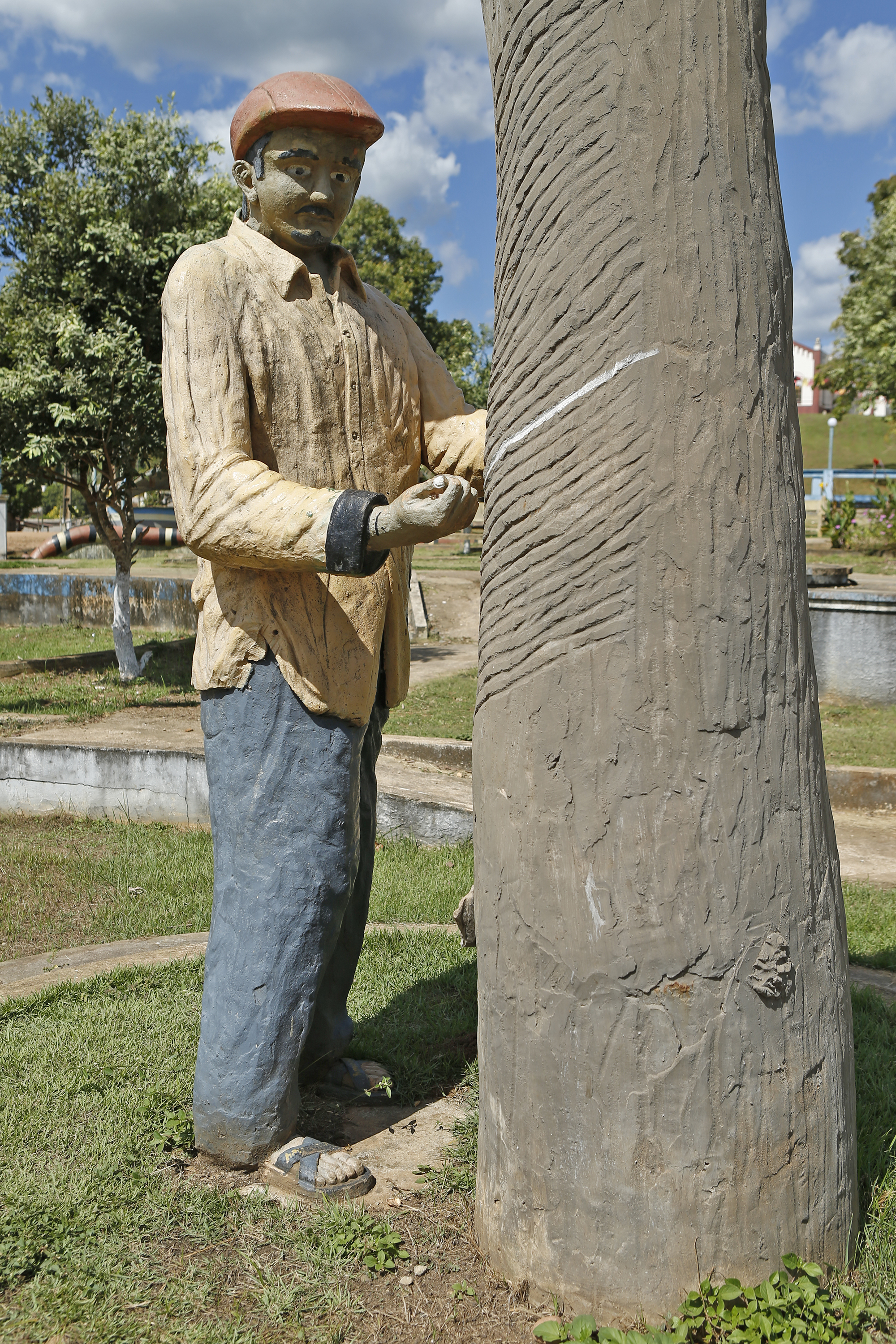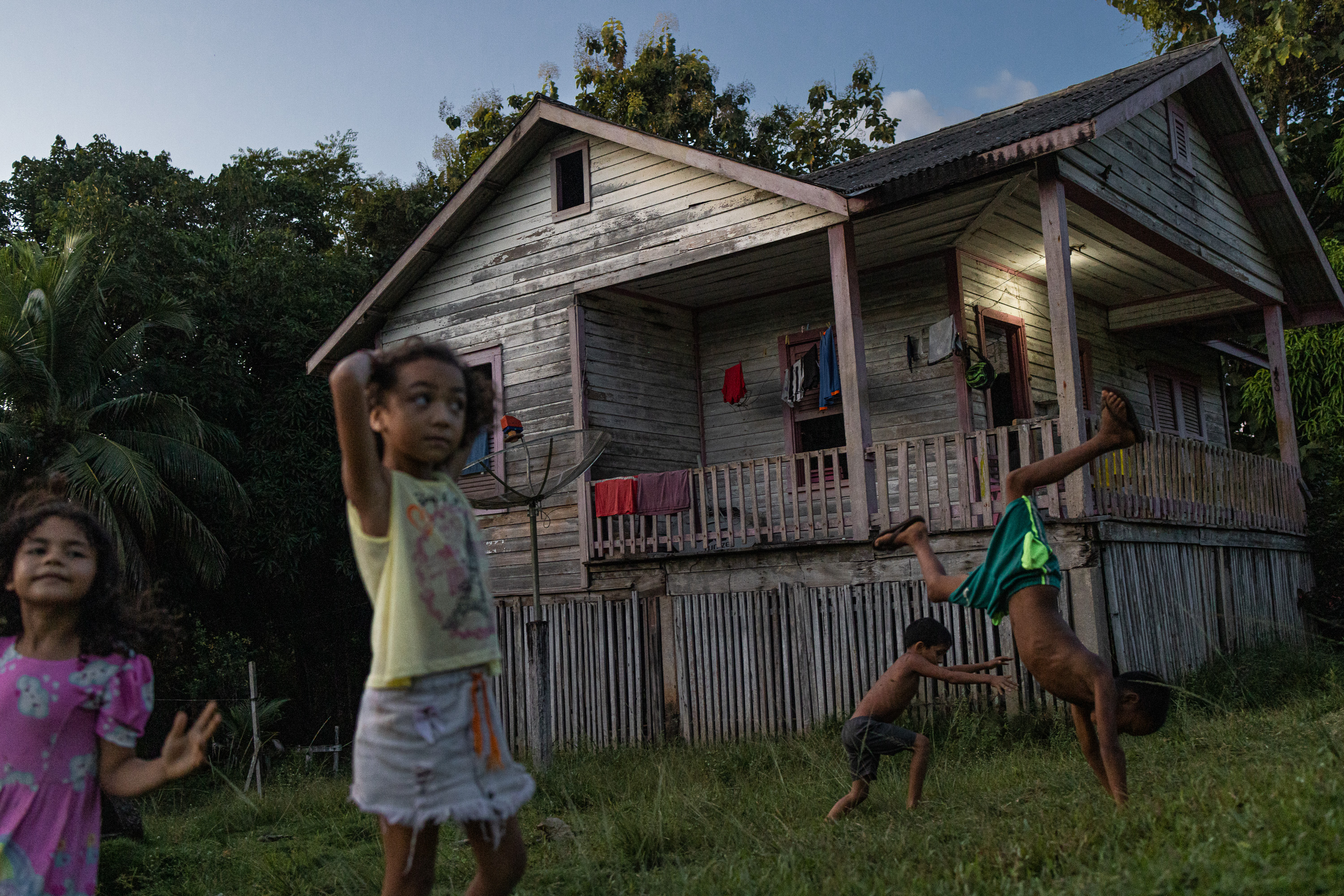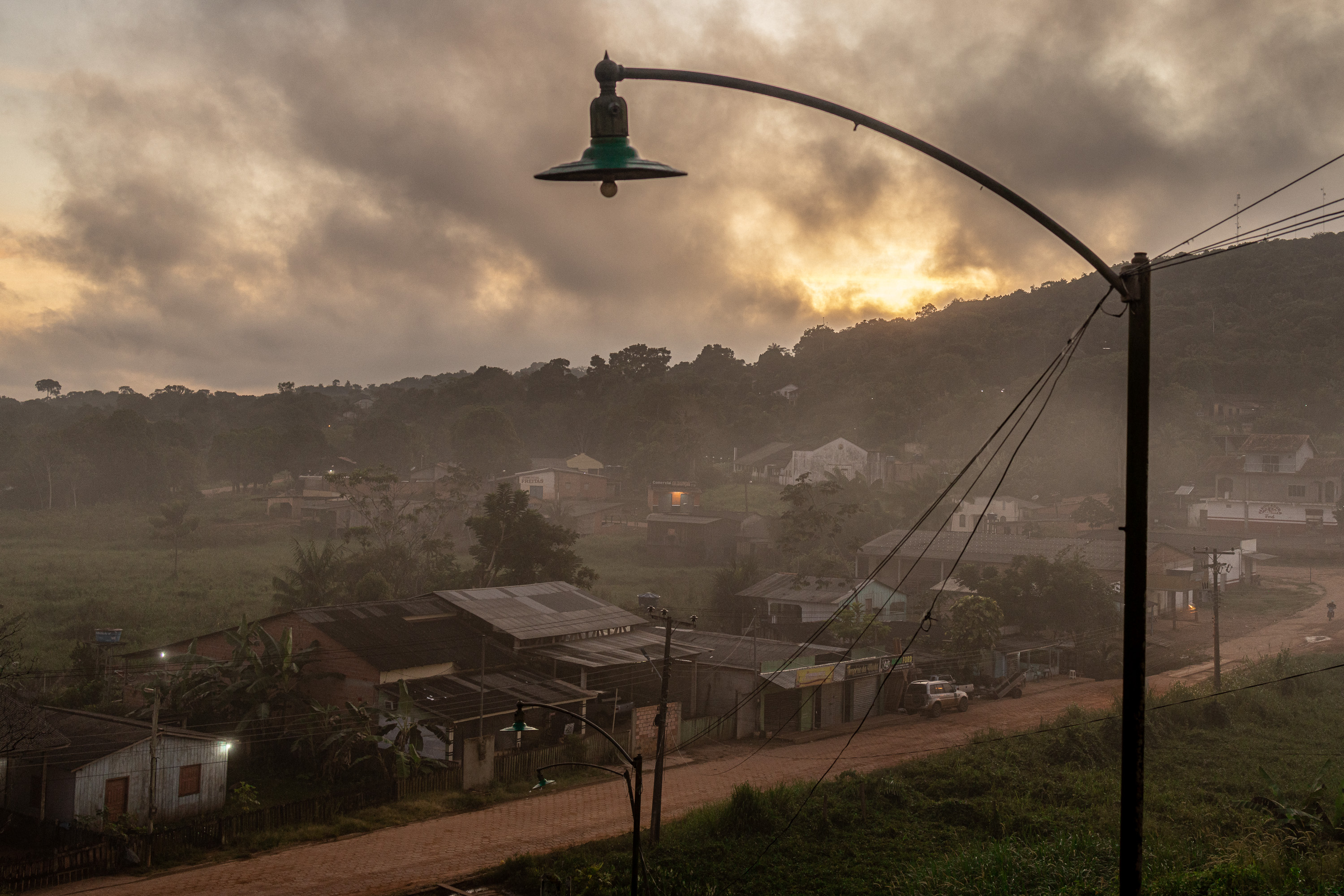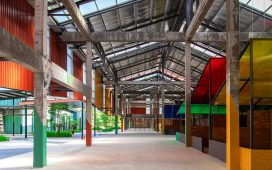A UTOPIAN city deep in the heart of the Amazon jungle has been left to crumble since it was abandoned at the end of World War II.
Fordlandia was created by Henry Ford who took his revolutionary car company over to Brazil to help keep business booming almost a century ago.
Ford’s dream city was destined for greatness but it turned out to be one of the biggest and most expensive mistakes of the twentieth century.
The $20million pumped into the idea fell way short of any profit and after workers protested by tearing the city down, it became a ghost town.
The Michigan-born billionaire ruled over the city with a dictatorship-style iron fist creating all sorts of bizarre rules for the workers housed there.
From banning meat to forcing his workers to square dance and read poetry every night, Ford wanted everyone inside the city to be just like him.
His plans even stretched as far as segregating the town into two – his American pals on one side and less-favoured Brazilian workers on the other.
The South Americans had no running water, were regularly low on food and were made to work unbearable hours, all as his US cronies sat back and watched from their perfect homes on the hillside.
The boss supplied free houses, healthcare and good pay but even the brand-new hospital, schools and golf course didn’t stop a major uprising from his people who left the city to rot and crumble to the ground.
BOOMING BUSINESS
In the early 1920’s the rubber industry was booming.
Car manufacturers were desperate for the material to come at a cheap cost so it could be used for cars – a new phenomenon taking over the world.
Ford – ever the savvy businessman – set out to make his rubber at the lowest price possible and made in the most convenient way.
The simple answer was to build an entire city near the source, at rubber plantation sites.
In 1928, Ford set off to Brazil, which at that time was the highest rubber-producing country in the world due to the high number of rubber trees.
Part of the Amazon jungle was due to be wiped out to make room for the city but halfway through the destruction, workers revolted due to a lack of food supplies and poor conditions.
Ford cracked on despite the setback and started building his new home, but controversy was sparked when the city was separated into two parts.
One section known as The Villa Americana, was designed just for the American workers to live as the Brazilian natives lived downtown in houses without running water relying on wells.
By 1930, the new flash city was ready to start housing thousands and had its own modern hospital, a sawmill, generators, a power plant and a school.
There was also a golf course and swimming pool for everyone to enjoy in their downtime.
The biggest attraction was its tall water tower that overlooked the city and the lake nearby.
At its peak, the city has over 7,000 residents, 800 houses and 3.5 million rubber trees.
Ford paid his workers a generous 35 cents a day and gave them free housing, food and healthcare in return for their hard work.
Over in America, the daily wage was only five cents for Ford workers.
However, Ford had some rules that everyone in his city had to abide by.
There was a strict no-meat diet for everyone as Ford was a vegetarian and not a single drop of alcohol was allowed.
This alcohol ban wasn’t taken well and some of the community quickly set about making their own village just five miles away with bars, clubs and even a brothel that they escaped to after a day at work.
Ford was a classical man and he imposed his views and interests onto everyone who lived with him.
He made square dancing and poetry an everyday activity that he expected from everyone and implemented a nine-to-five work schedule that wasn’t the norm in Brazil at the time because of the heat and humidity at midday.
This regimented lifestyle didn’t sit too well with the native workers who quickly snapped and started to tear down the city.
Destroying generators, buildings and equipment the staff were hell-bent on showing Ford and his American buddies that they had had enough.
The Americans escaped by boat and called in the Brazilian military to rescue the situation that had reached boiling point.
The biggest issue Ford had however, was that they had produced literally no rubber.
The area of land they settled on was hilly, and rocky and had very infertile soil meaning the trees couldn’t grow properly.
They also failed to consider how a vastly different climate would affect the way trees grow.
Their master plan was to plant as many trees as possible, as close together as they could but this quickly failed.
For optimal growth, they need to grow apart from each other in separate beds of soil so they can protect themselves from diseases and nasty pests.
It took until 1933 for Ford to realise Fordlandia wasn’t going as smoothly as he hoped and he took drastic action.
After multiple failed attempts he just bought more land downriver called Belterra.
After speaking to a plant pathologist and buying top-of-the-range seeds to plant Ford made the new city his rubber-producing haven.
Out of 3,000 workers on Ford’s payroll, 2,500 moved to the new settlement and started working there.
In 1942, Fordlandia finally produced its first usable rubber, 14 years after the process began.
Leaf fungus problems plagued both new cities and the production was happening at a much slower rate than back in the US.
This left Fordlandia abandoned and unused for the very purpose it had been designed for.
After World War II, Ford became very sick and his grandson took over the company.
To help cut costs after the challenging wartime toll, Fordlandia was sold straight back to Brazil in 1945 for just $250,000.
The idea cost $20million to bring to life which in today’s money would be closer to a whopping $300million.
The ghost town had just hundreds of people living there by the early 2000’s and despite a steady increase in its population has under 2,000 today.
Now native Brazilians are still using the same American-style houses from a century earlier and living off-grid.

